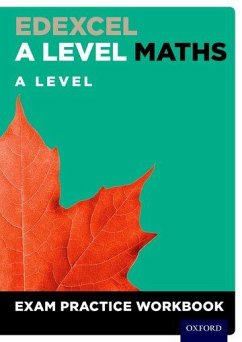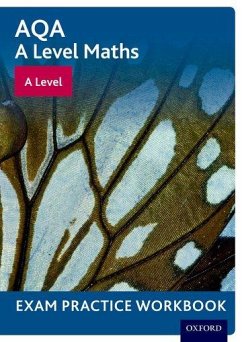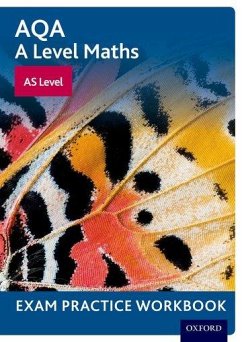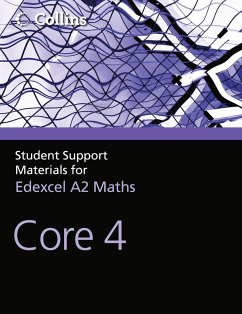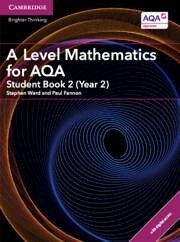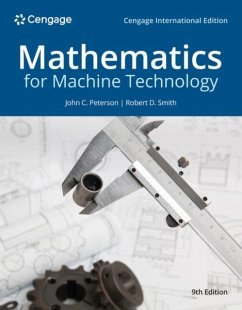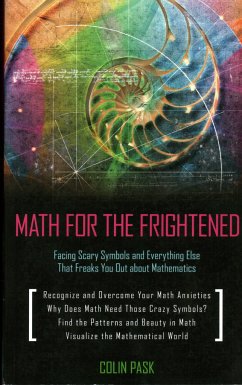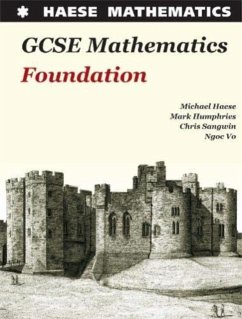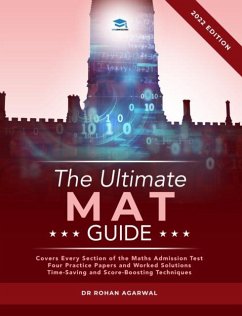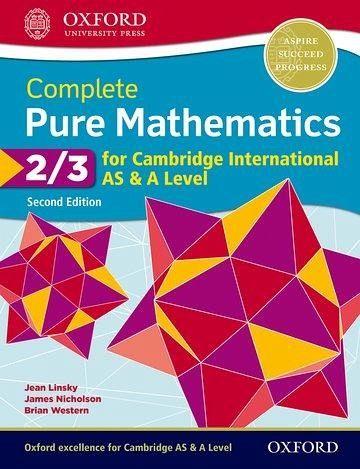
Complete Pure Mathematics 2 & 3 for Cambridge International AS & A Level
Versandkostenfrei!
Versandfertig in 2-4 Wochen
58,99 €
inkl. MwSt.

PAYBACK Punkte
29 °P sammeln!
Providing complete syllabus support (9709), this stretching and practice-focused course builds the advanced skills needed for the latest Cambridge assessments and the transition to higher education. Engaging, real world examples make mathematics relevant to real life.



